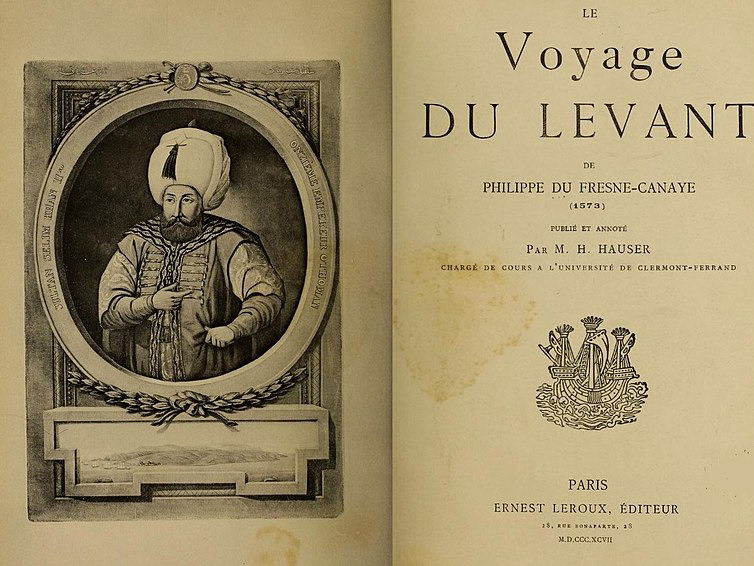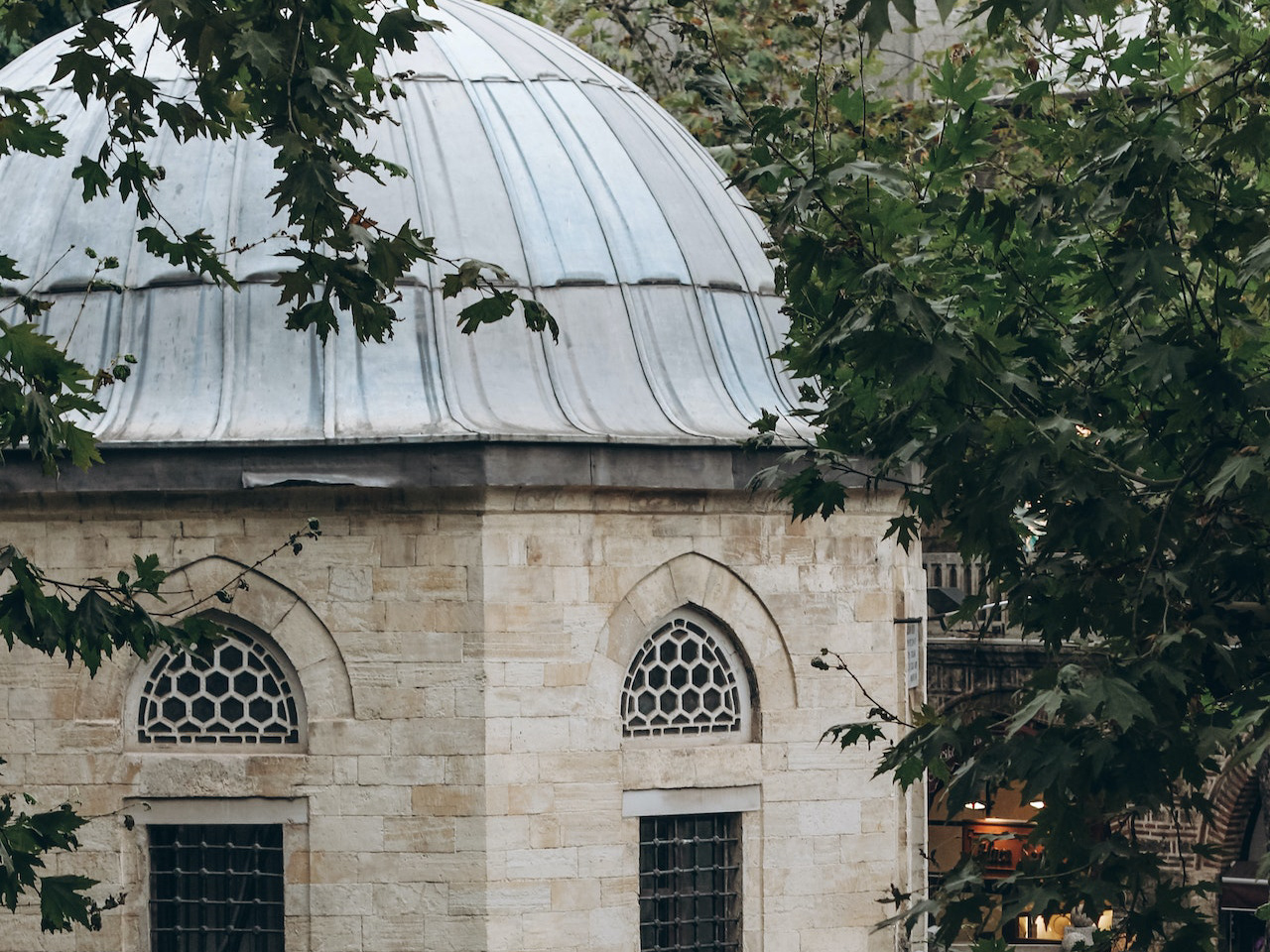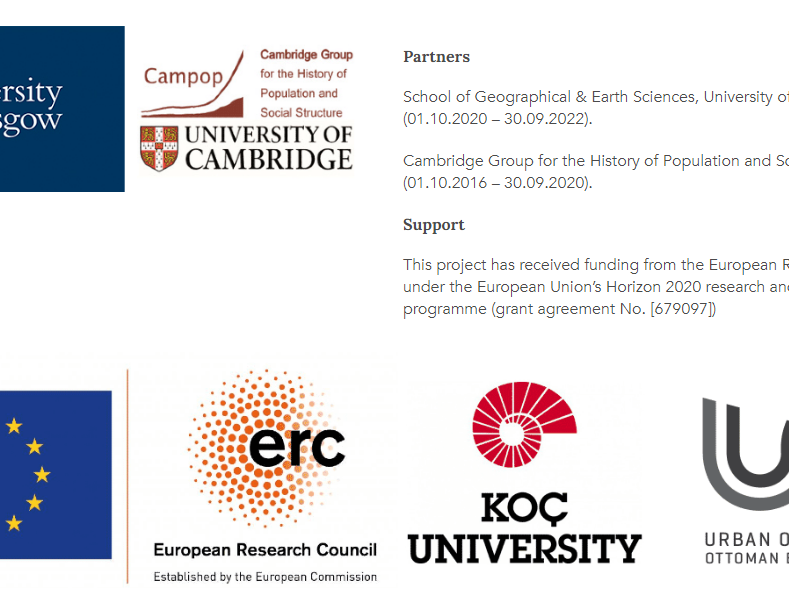Istanbul Imperial Slave Market (Esir Han) was possibly the largest slave market in the Middle East and operated for more than two hundred years until it was closed by the order of Sultan Abdülmecid in 1847. Remnants of Ottoman slavery have gradually faded from the cityscape, and before long, the location of the official slave market was lost to time.
Benefitting from interdisciplinary methodologies of spatial analysis and digital history, this research locates the slave market on the many-layered map of Istanbul’s past and present. I created five different StoryMaps to visualize and represent the outcome of the research findings. Each StoryMap traces the history of the slave market and its location by focusing on different aspects.
Section 1: Introduction
The section introduces five different maps selected from over 80 different historical maps of Istanbul. After introducing maps, the section presents technical information such as who drew them and where they were drawn, what they exhibit, and what their scales are.
Section 2: “Exploration of the Central Market in Istanbul”
This StoryMap explores the surrounding environment of the Imperial Slave Market; The Grand Bazaar and the economic quarter of Istanbul. The earliest modern plan of the place, given by Charles White in 1844, is guiding this tour.
Section 3: Mapping for Insurance the City
It questions many different maps of Istanbul that began to be drawn in the 19th century and how the insurance industry contributed to this increase. Furthermore, it also tours the targeted area, the economic quarter of Istanbul, which is analyzed from Jacques Pervitich's 1940 map.
Section 4: Finding Ottoman Imperial Slave Market
Section 4 serves the information collected from European and Ottoman Sources and integrates them into the historical maps to detect the lost point location of the Imperial Slave market. After detecting the location, the section gives brief information about its recent view.
Section 5: Conclusion
This section summarizes the all findings and previous sections by reminding the contribution of the project.
All StoryMaps will be available to the public after the publication of the results of the project.






